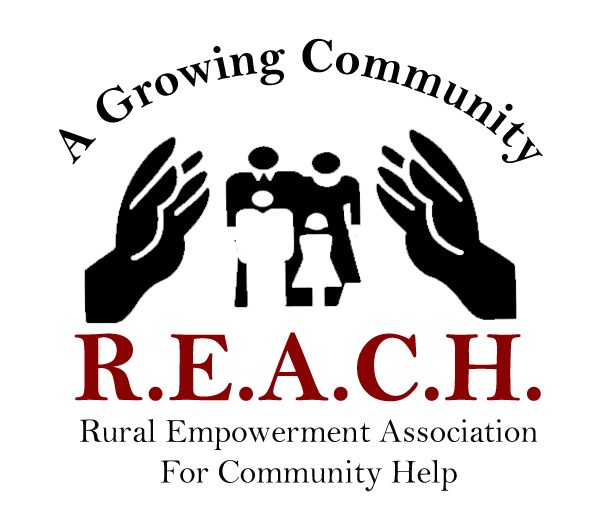REACH & Johns Hopkins COVID Research Study Published by ASM
REACH is proud to announce that a recent study conducted in partnership with researchers at Johns Hopkins Bloomberg School of Public Health has been published in the American Society of Microbiology’s journal, mSphere. The article titled SARS-CoV-2 Antibody Prevalence among Industrial Livestock Operation Workers and Nearby Community Residents, North Carolina, 2021 to 2022 was published in January this year.
PhD Candidate Carolyn Gigot, along with a few other students in her cohort, under the guidance of Dr. Chris Heaney, associate professor at the Johns Hopkins School of Public Health authored the study. They tested more than 200 community volunteers through the help of REACH. This groundbreaking study measured COVID antibodies using a saliva-based test. This is one of the few studies in North Carolina that has measured COVID antibodies, especially among rural, Black, and Hispanic/Latino communities. There key findings were:
63% of volunteers who lived in a household with at least one industrial livestock operation worker had antibodies indicating they had COVID-19, compared to 43% of volunteers who lived in an area of intensive livestock production and processing and 49% of volunteers who lived in metropolitan North Carolina.
More than twice the proportion of volunteers who lived in a household with at least one industrial livestock operation worker, compared to a group of Atlanta health care workers tested with the same saliva-based test during an overlapping time period, had antibodies indicating they had COVID-19.
Six to ten times the proportion of volunteers who lived in a household with at least one industrial livestock operation worker, compared to a group representative of the general population of Cabarrus County, North Carolina tested during overlapping time periods, had antibodies indicating they had COVID-19.
Hispanic/Latino volunteers, volunteers with a lower level of education, more household members per bedroom, more contact with people outside the household, and who reported not wearing a mask in the past 2 weeks each had higher rates of antibodies indicating they had COVID-19.
This is consistent with other research on disproportionate harm from COVID-19 on Black and Hispanic/Latino communities and communities with less access to resources. This is also consistent with research on the effectiveness of face masks and physical distancing for reducing the spread of COVID-19.
You can read the full published article here.

